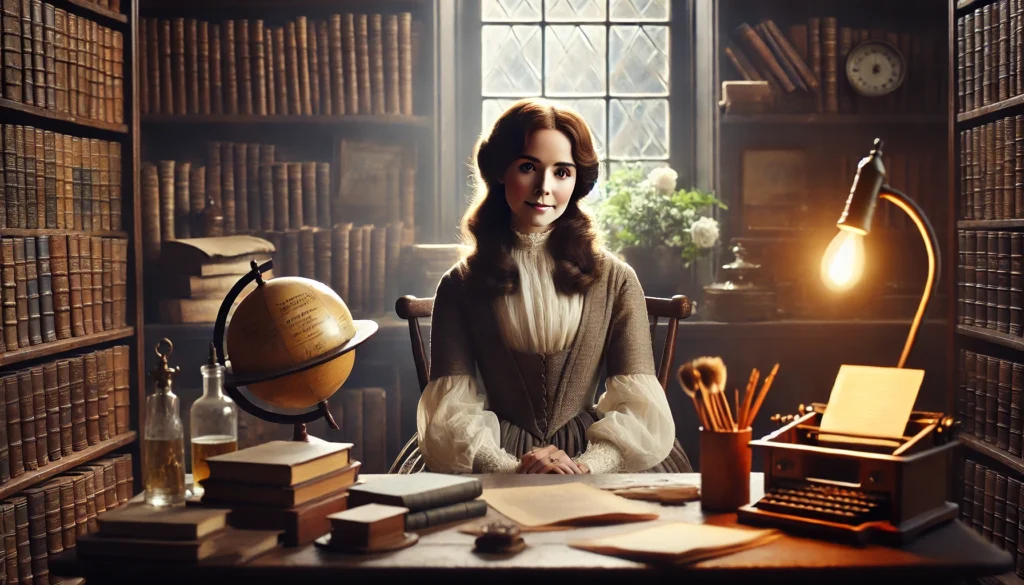Dorothy Miles, a name that echoes through the halls of artistic and educational history, was a woman of immense talent and boundless passion. She dedicated her life to advancing the arts, advocating for accessible education, and creating bridges between diverse communities. Her contributions continue to inspire, motivate, and set a benchmark for innovation and inclusivity.
This article dives deep into her life, exploring her achievements, legacy, and the indelible mark she left on the world.
Dorothy Miles: A Brief Overview
Dorothy Miles was more than just an artist or an educator. She was a visionary whose work reflected her commitment to inclusivity, creativity, and empowerment. Her passion for the arts and education intertwined to create a career that was as impactful as it was inspirational.
Miles grew up in an environment that valued learning and self-expression. From an early age, she demonstrated an uncanny ability to think differently and inspire others with her ideas.
Her journey, however, was not without challenges. Dorothy faced societal constraints, professional hurdles, and personal struggles, all of which she overcame with resilience and determination. These experiences shaped her into a compassionate and innovative leader.
The Life and Times of Dorothy Miles
Early Life and Education
- Dorothy Miles was born into a middle-class family, where education was highly valued.
- As a child, she was curious, imaginative, and eager to learn.
- Her schooling years were marked by a keen interest in the arts, particularly painting and writing.
During her formative years, Dorothy Miles began to understand the power of creative expression. Her teachers often remarked on her unique ability to interpret complex ideas and translate them into art.
Key Milestones During Her Education:
- Winning her first art competition at the age of [Age].
- Graduating with honors from [Institution].
- Developing an early interest in advocating for the inclusion of underrepresented voices in the arts.
Building a Career in Arts and Education
Dorothy Miles began her professional career as an artist. Her unique style, a blend of traditional techniques and contemporary themes, quickly gained recognition. But she didn’t stop at creating art. She sought to use it as a medium for change.
Achievements in the Arts:
- Miles’ work was showcased in several prestigious galleries, where it received widespread acclaim.
- She collaborated with leading artists of her time, pushing the boundaries of what art could achieve.
- Her projects often focused on themes of social justice, education, and cultural heritage.
A Pioneer in Education
Dorothy Miles believed in the transformative power of education. Her teaching career began at [Institution], where she introduced innovative methods that emphasized creativity and critical thinking.
Contributions to Education:
- Miles developed programs that integrated the arts into traditional curricula, making learning more engaging and accessible.
- She mentored hundreds of students, many of whom went on to achieve great success.
- Her published works, including [Title of Book/Article], are still referenced in academic circles today.
Focus on Accessibility:
Dorothy was a staunch advocate for accessible education. She worked tirelessly to ensure that marginalized communities had access to quality learning resources.
Key initiatives included:
- Establishing scholarships for underprivileged students.
- Partnering with organizations to provide free art supplies and training.
- Organizing community workshops that emphasized the role of arts in personal and professional development.
The Legacy of Dorothy Miles
Dorothy Miles’ contributions extend far beyond her lifetime. Her work has left an enduring impact on both the arts and education sectors.
Lasting Impact in the Arts
Her artistic legacy is preserved in:
- Exhibitions dedicated to her work, showcasing her vision and technique.
- Art foundations established in her name, which continue to support emerging talents.
- Collaborative projects, such as [Name of Project], that embody her spirit of innovation.
Contributions to Education
In the field of education, Miles’ influence can be seen in:
- Curricula that integrate art as a core subject.
- Research studies that draw upon her methods to promote inclusivity.
- Institutions that honor her name and principles in their programs.
The Philosophy of Dorothy Miles
At the heart of Dorothy Miles’ work was a philosophy of empowerment. She believed that art and education were not privileges but rights that should be accessible to everyone.
Her guiding principles included:
- Inclusivity: Ensuring no one was left behind.
- Innovation: Constantly seeking new ways to engage and inspire.
- Empathy: Understanding and addressing the needs of others.
Dorothy Miles in Modern Times
While Dorothy Miles may no longer be with us, her legacy lives on. Today, her teachings are more relevant than ever, especially in a world that increasingly values diversity and creativity.
Key Achievements of Dorothy Miles
Here’s a quick look at her most notable accomplishments:
- Awarded prestigious accolades for her contributions to the arts and education.
- Authored groundbreaking books and articles that continue to inspire.
- Mentored countless individuals who have gone on to make significant contributions in their respective fields.
Lessons from Dorothy Miles
What can we learn from Dorothy Miles’ extraordinary life?
- Perseverance Pays Off: Despite facing numerous challenges, she remained steadfast in her mission.
- Empathy Creates Impact: Her focus on inclusivity made her work truly transformative.
- Innovation is Key: By thinking outside the box, she redefined the role of arts and education in society.
Also Read: Coyyn.com Business: A Fintech Powerhouse Redefining Digital Payments
Frequently Asked Questions
Who was Dorothy Miles?
Dorothy Miles was an artist, educator, and advocate for accessibility whose work has left an indelible mark on arts and education.
Why is Dorothy Miles important?
She redefined the role of the arts in education, making them more inclusive and impactful.
How is her legacy preserved?
Through institutions, programs, and ongoing recognition of her contributions.



